Support Napa Valley Features – Become a Paid Subscriber Today
If you’re reading this, you care about independent, locally owned, ad-free journalism — reporting that puts our region’s stories first, not corporate interests or clickbait.
Join a community that values in-depth, independent reporting. Become a paid subscriber today — and if you already are, thank you. Help us grow by liking, commenting and sharing our work.
Napa Valley in Bloom
By Kathleen Scavone
NAPA VALLEY, Calif. — Verdant springtime in Napa County decorates mountains and valleys with glorious green, but the aesthetics don't stop there. Nooks and crannies found in parks and along roadsides are pulsating with wildflowers tinted in delicate pinks, vivid yellows, vibrant reds and more. With spring's late rainfall there are sure to be wildflower viewing opportunities in abundance. You can meet up with the Napa Land Trust for one of their scheduled hikes, check out the Napa Valley chapter of the California Native Plant Society for a wildflower walk or visit a public park on your own.
On a recent drizzly March morning at Bothe-Napa Valley State Park, well-informed members of the CNPS led a wildflower hike. Nathan Thuma, Linda Price (coordinator of hikes) and Jake Ruygt (who has been studying the flora of Napa County since 1976 and is the author of “100 Napa County Roadside Wildflowers” and “A Flora of Napa County”) were on hand to point out dozens of wildflower species blooming along sparkling Ritchey Creek.
The promotion that some flowers extend to pollinators would make any New York City Fifth Avenue advertising executive proud, as the flowers’ ability to entice insects and avian species to “come hither” with specialized scents and colors abounds.
Bothe's recent bounty of native wildflowers included milkmaids, trillium, Dutchman's pipe, California hazelnut catkins, California snakeroot, woodland nymph, Indian plume, Henderson's shooting star, sedge flowers, bay laurel flowers, miner's lettuce, iris, wake robin and many more.
There's no need to visit Bothe to view wildflowers, though, since Napa County is blooming with a fireworks display of color found along lakes, roadsides, vineyards and myriad other landscape features. As the spring season progresses, a variety of eye candy will increasingly appear, including the California poppy, along with lupine, blue dicks, clover, tiger lilies and more.
Past citizens residing in Napa County possessed a fondness for flowers, as evidenced by the historic wildflower art of 19th century Napa Valley artist Sophie Alstrom Mitchell, whose work is now showing at the Napa Valley Museum in Yountville. Mitchell painted botanical watercolors of the Napa Valley. She resided in St. Helena and grew up at the White Sulphur Springs Hotel owned by her parents. The wildflower show runs until July 13.
Many blooms love the morning light, unfurling like little miracles to procure pollinators. Our state flower since March 2, 1903, the California poppy (Eschscholzia californica) has carroty-colored petals that do just that as they open for business on sunny morns and close up shop each night or when it's windy or cold. Ina Coolbrith, a prominent writer in California's literary community and our state's first poet laureate, wrote about the glories of the poppy in her poem, “Copa De Oro.”
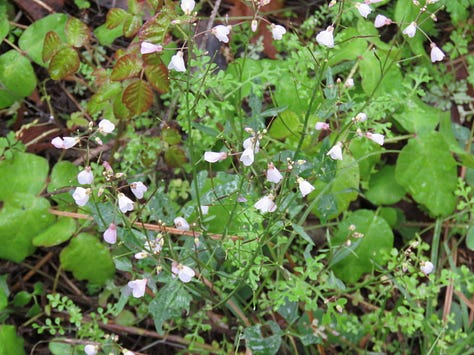
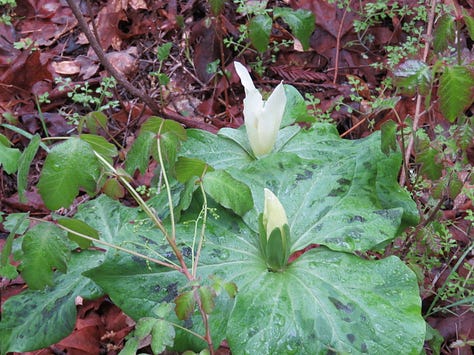
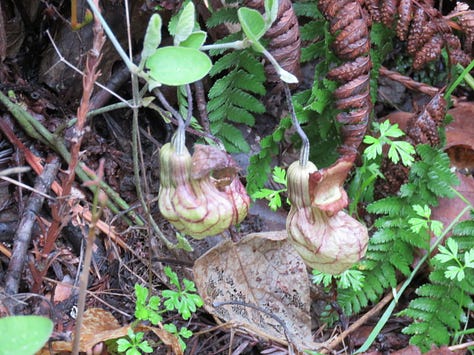
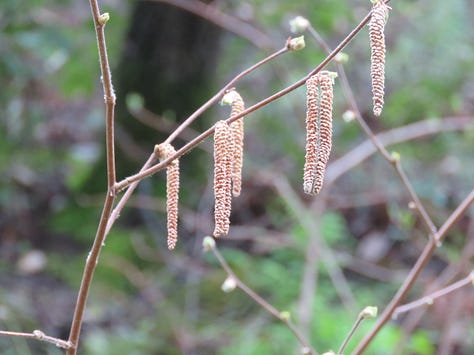
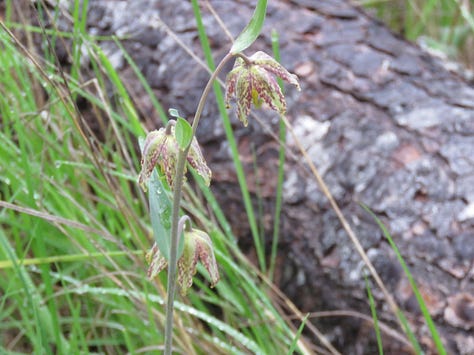
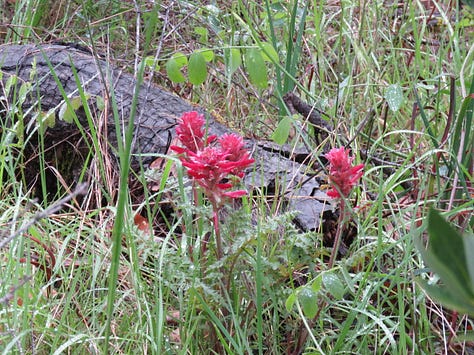
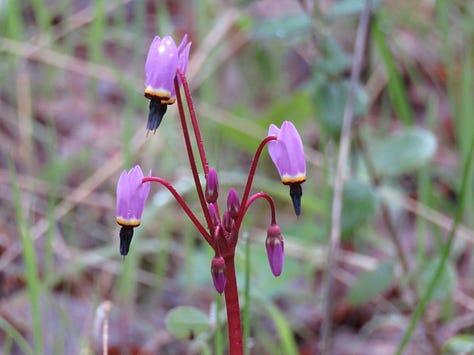


In his book “The Reason for Flowers, Their History, Culture, Biology, and How They Change Our Lives,” Stephen Buchmann explains that flowers are designed by nature to entice pollinators such as bees and birds and that flowers need to “reward” their visitors. They do so by providing perches for spiders to catch prey, offering nesting material for some critters or, depending on the flower and region, by providing energy via pollen, nectar, oils and sometimes even the fleshy food of their own petals.
The promotion that some flowers extend to pollinators would make any New York City Fifth Avenue advertising executive proud, as the flower's ability to entice insects and avian species to “come hither” with specialized scents and colors abounds. Through scent chemistry, a flower's fragrance has evolved to broadcast that it is ready for sex. Not all flowers need to utilize scent to attract pollinators though. Many plants pollinated by hummingbirds do not possess a scent and invite guests with color, shape or nectar guides.
Milkmaids (Cardamine californica), in the mustard family, bloom February through May or earlier in the Napa Valley. You can spot this early wildflower or some of its four varieties, some pink and some white, throughout the county. It is believed that this plant was introduced to California by Spanish missionaries.
Cheerful yellow buttercups (Ranunculus californicus) abound early in spring along Highway 29, the Silverado Trail, meadows, forests and local parks. The plants are found in Canada and the western United States. Indigenous Shasta people knew to watch for the salmon run when this waxy flower bloomed.
California hazelnut catkins found in forests are the male flower (Corylus californica) and are sometimes called filberts. Their catkins are elongated and scaly appearing and drape down from the hazelnut tree like little worms. The nuts that come later are enjoyed by jays, squirrels, deer and more. Ethnobotanically, many Indigenous tribes of the Pacific Northwest considered the hazelnut a food source. The nuts were consumed either raw or roasted, and they were fashioned into small cakes by pounding the nutmeat together with berries and fat. Medicinally, the nut's milk was used as a cure for colds, coughs and in healing wounds.
Miner's lettuce (Claytonia perfoliata), resembling a tiny water lily pad with its circular leaves displayed upon its slim stalk, can be found at elevations lower than 6,000 feet in shady areas from southern Alaska to Central America. Its leaves have been consumed both raw and cooked by Indigenous people as well as by gold and silver miners of the past. Enjoyed as a nutritional powerhouse, miner's lettuce is high in vitamins C and A. Its miniscule black seeds, located at the bottom of the flower stalk, were once considered a delicacy when toasted.

You may thrill at finding one of the three native irises in Napa County, with the bowl-tubed iris (Iris macrosiphon) most frequently seen. Purple iris brings to mind Monet or van Gogh paintings, floral favorites of many.
Purple blooms called Henderson's shooting stars (Dodecatheon hendersonii) are delicate little beauties in the primrose family that resemble cyclamen with petals that are aimed back from the stamens, giving them the quality of their namesake.
Wildflowers, living treasures that garner such a positive response, are sure to draw you into their fascinating worlds, whether it’s a walk you're seeking, pollinator views or simply to fulfill the floral rewards of their captivating colors.
Emerson said it best, "The earth laughs in flowers.”
—
Kathleen Scavone, M.A., retired educator, is a potter, freelance writer and author of “Anderson Marsh State Historic Park: A Walking History, Prehistory, Flora, and Fauna Tour of a California State Park,” "People of the Water" and “Native Americans of Lake County.” She loves hiking, travel, photography and creating her single panel cartoon called “Rupert.”
Today’s Polls
Explore These Related Articles:
Browse All Napa Valley Features Stories
Poem of the Day
Copa De Oro (California Poppy)
By Ina Coolbrith, California’s first Poet Laureate
Thy satin vesture richer is than looms
Of Orient weave for raiment of her kings,
Not dyes of olden Tyre, not precious things
Regathered from the long forgotten tombs
Of buried empires, not the iris plumes
That wave upon the tropics' myriad wings,
Not all proud Sheba's queenly offerings,
Could match the golden marvel of thy blooms,
For thou art nurtured from the treasure-veins
Of this fair land; thy golden rootlets sup
Her sands of gold—of gold thy petals spun,
Her golden glory, thou! of hills and plains,
Lifting, exultant, every kingly cup
Brimmed with the golden vintage of the sun.
About the Author: Ina Coolbrith (1841–1928) was a pioneering poet, librarian and literary mentor who became California’s first Poet Laureate and one of the most influential writers of the American West. Born Josephine Donna Smith in Illinois, she was the niece of Mormon leader Joseph Smith, though her family distanced itself from the faith and moved westward. After crossing the Sierra Nevada in a covered wagon, during the gold rush she arrived in California, where she developed a deep love for the region’s landscapes — a passion that would shape her poetry for decades.
Coolbrith became a central figure in San Francisco’s literary renaissance, forging friendships with Mark Twain, Bret Harte, Joaquin Miller and Robert Louis Stevenson. She worked as a librarian in Oakland, where she mentored a young Jack London, inspiring his early literary ambitions. As a poet, her works were infused with Romantic influences, celebrating California’s wild beauty, from the golden hills to the delicate wildflowers she so often described.
In 1915, Coolbrith was named California’s first poet laureate, making her the first state poet laureate in the United States. Despite financial struggles and the devastating 1906 earthquake — which destroyed much of her work — she remained devoted to the literary arts. Until her passing in 1928, she continued to write and advocate for poetry, securing her place as one of the West’s most revered literary voices.
Her legacy endures through Ina Coolbrith Park in San Francisco (on Russian Hill). She is buried at Oakland’s Mountain View Cemetery in a grave that was unmarked until 1986, when the Ina Coolbrith Circle erected a headstone there.
Are you a poet, or do you have a favorite piece of verse you'd like to share? Napa Valley Features invites you to submit your poems for consideration in this series. Email your submissions to napavalleyfeatures@gmail.com with the subject line: "Poem of the Day Submission." Selected poets will receive a one-year paid subscription to Napa Valley Features (a $60 value). We can’t wait to hear from you.
Caption Contest
Pick your favorite caption or add your own in the comments below.
Possible Captions:
“The queen says to bring back something special… no pressure.”
“It’s tough to be influencer nowadays.”
“I might need a sommelier.”
“I need a tasting menu.”
“Which one of you have single-origin nectar?”
Last week’s contest results
In “Sunday E-dition: Mustard Time in Napa,” the winning caption was, "We get it. You read Virgil,” with 100% of the votes.
"We get it. You read Virgil."
"Every spring with this guy."
"I knew I should have hung out with the owls."
"Is this why the other rabbits left?"
"That’s great, but I’m still eating the flowers."
Last Week
Tim Carl honored the life and work of Bob McClenahan in “Remembering Bob McClenahan: A Quiet Force Behind the Lens.” McClenahan, a defining photographer of Napa Valley, captured the region’s essence through his images, from vineyard landscapes to community events. His journey to photography was unconventional, beginning in business and finance before the Great Recession led him to his true calling. Even while battling cancer, he remained dedicated to his craft, earning admiration for both his artistry and resilience. Carl reflected on McClenahan’s lasting impact, noting that his images will continue to tell Napa’s story for generations.
Georgeanne Brennan explored the seasonal bloom of wild mustard in Napa Valley in “Mustard Time in Napa.” She explained that the plant, part of the Brassicaceae family, is edible and can be used in salads, stir-fries and homemade mustard. She detailed the history of mustard cultivation, from ancient Egypt to its role in winemaking and modern condiments. Brennan also shared insights on different mustard varieties and provided recipes for homemade mustard and a classic French dish, Poulet à la Moutarde. She encouraged readers to experiment with mustard in their cooking, whether foraged or store-bought.
Tim Carl analyzed the challenges facing Napa County’s lodging industry in “Napa County’s Lodging Market — A Growing Divide Between Supply and Demand.” He reported that while hotel revenue and average daily rates have increased, occupancy remains significantly below pre-pandemic levels. Demand has declined while new hotels continue to open, creating a supply-demand imbalance that could pressure prices and employment. Declining Transient Occupancy Tax revenue and weaker consumer spending further highlight the industry’s struggles.
Dan Berger examined shifting consumer habits in “Dan Berger’s Wine Chronicles: Is Brand Loyalty Dead?” He traced the history of cult California cabernet brands and noted how changes in winemaking styles, increased pricing, and evolving consumer tastes have contributed to a decline in brand loyalty. He argued that younger winemakers often stray from traditional vineyard practices, and high prices have pushed even affluent buyers to seek better value elsewhere. Berger suggested that second labels and price adjustments could help wineries retain customers in an increasingly competitive market.
Kathleen Scavone explored the intelligence and adaptability of crows and ravens in “Cunning Crows and Ravens.” She highlighted the differences between the two species, their presence in Napa County and their remarkable problem-solving abilities. Ashley Kvitek, a local expert, shared insights from her years of studying ravens, including observations of an unusual pair coexisting with crows in downtown Napa. The article also referenced scientific research on corvid intelligence, including their tool use, mimicry and problem-solving skills. Throughout history, these birds have been both revered and feared, reinforcing their lasting impact on human culture.
Cindy Watter discussed the ancient practice of grafting in “The Art of Grafting.” She recounted a seminar led by Ryan Raes of California Rare Fruit Growers, where participants learned how to graft apple trees by attaching scions to rootstock. Raes highlighted the benefits of grafting, including preserving rare apple varieties, improving pollination and creating multifruit trees. He also shared historical and practical insights, such as the role of grafting in Napa Valley’s vineyards and the importance of using sharp tools and proper technique.






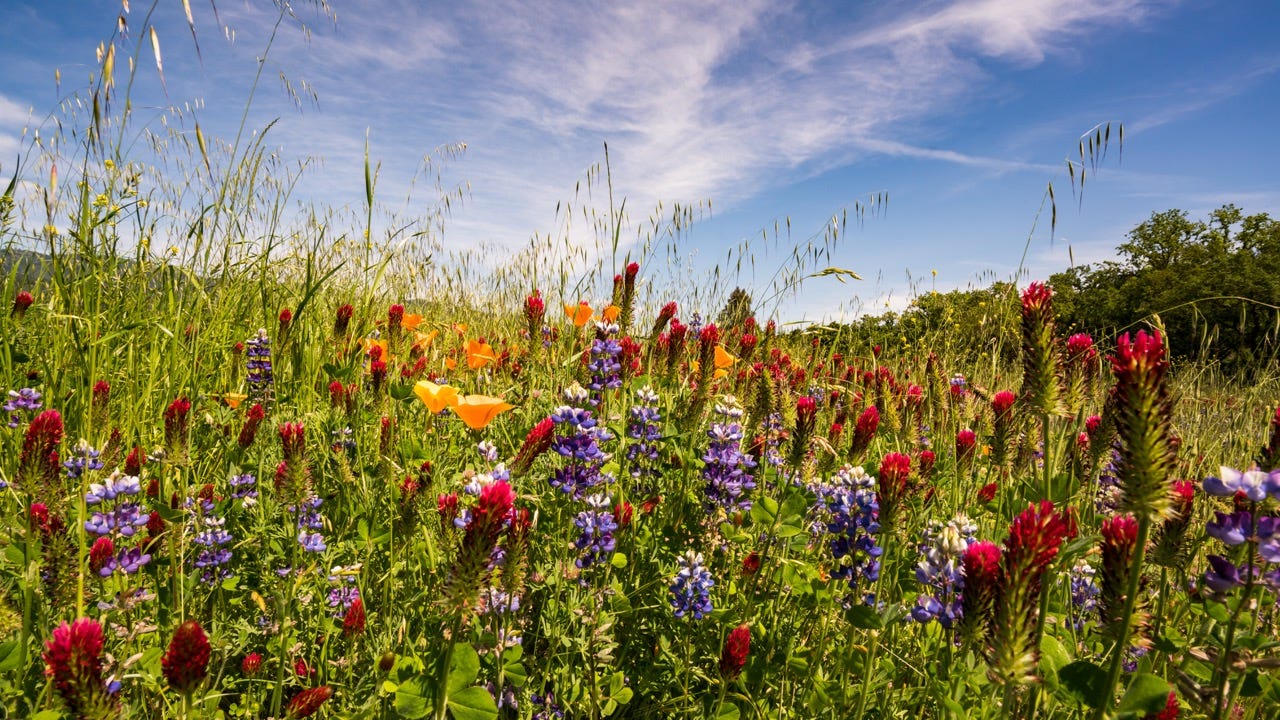


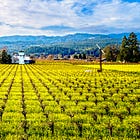




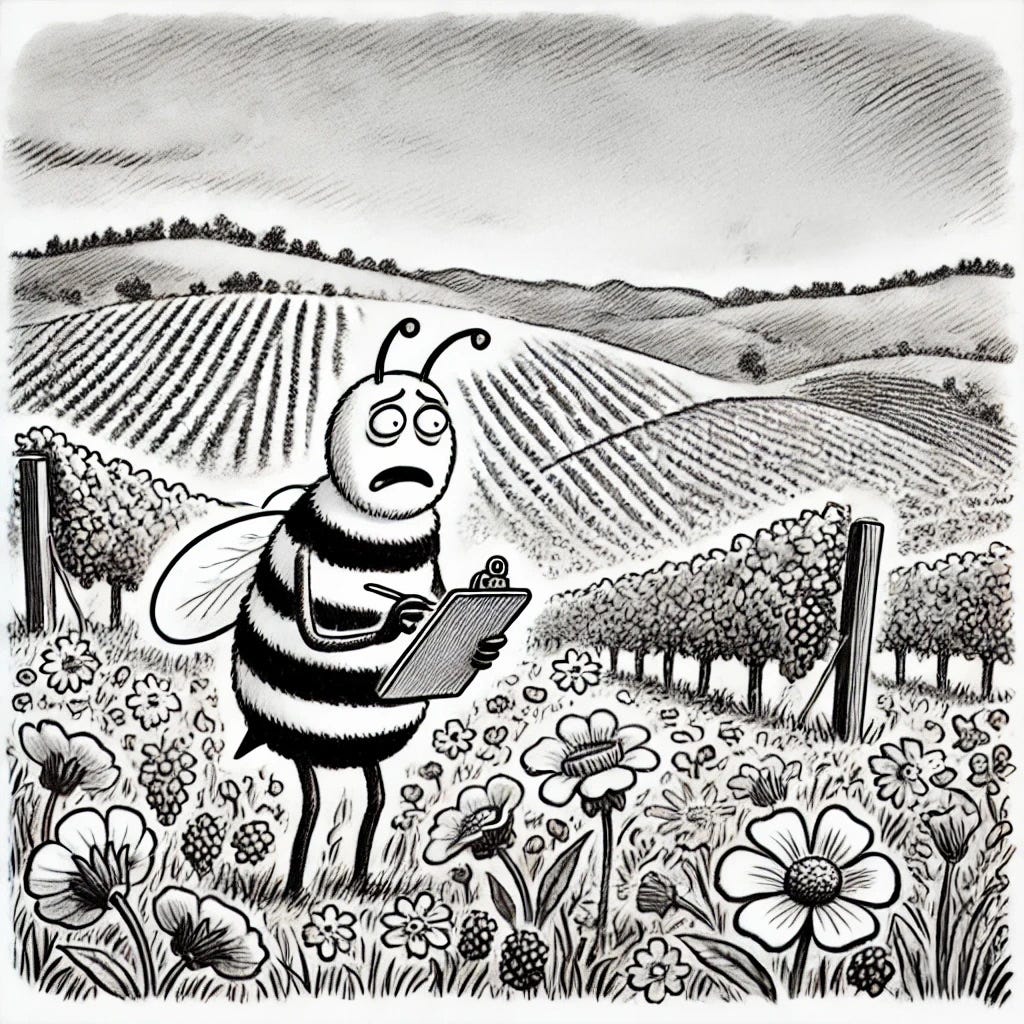


On hikes in the hills around San Anselmo my neighbor taught me about miner’s lettuce. We always picked some to take home, or ate it on the trail. It was good. But it always felt a bit strange to grab something growing on the side of the hill and throw it in your mouth.
What a lovely, well-written and informative article. Thank you.